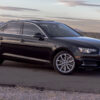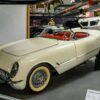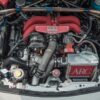Not every crossover from the 2010s was a hit. While some models dominated the market, others struggled to find their place and quietly faded away. Whether due to awkward designs, underwhelming performance, or simply bad timing, these 18 crossovers never quite gained the popularity their manufacturers hoped for. Here’s a look at the forgotten crossovers from the last decade.
Contents
Acura ZDX (2010-2013)
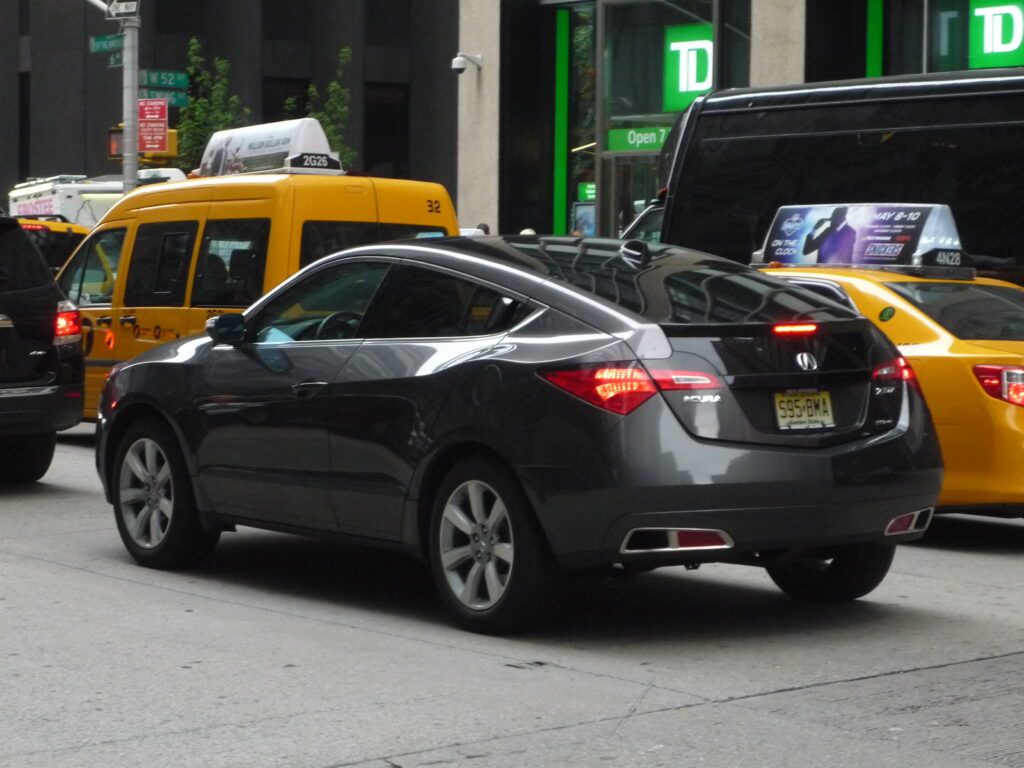
Acura’s ZDX was an ambitious attempt to combine coupe styling with crossover practicality, but it missed the mark for many buyers. The sloping roofline reduced rear headroom, making it less practical than its competitors. Additionally, its high price tag and overlap with the more popular MDX caused confusion among potential customers. Though the ZDX featured premium materials and a powerful V6 engine, it simply didn’t resonate with buyers.
Nissan Murano CrossCabriolet (2011-2014)
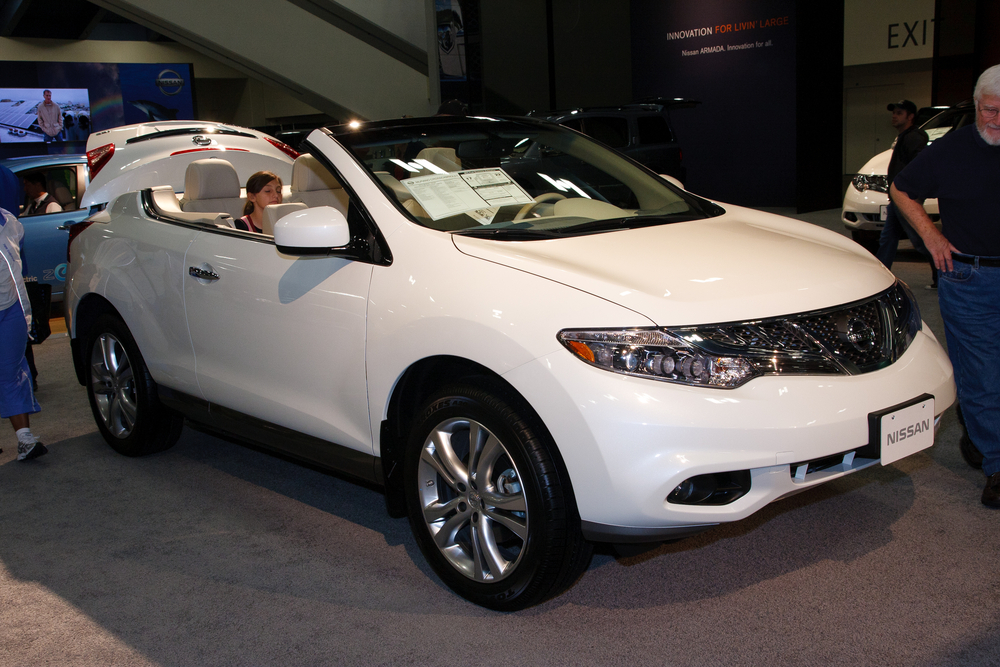
In a bold but puzzling move, Nissan introduced the Murano CrossCabriolet, the first-ever convertible crossover. However, the strange design and awkward proportions quickly turned off most consumers. It had limited appeal due to its impracticality, high price, and niche market, which weren’t enough to drive significant sales. Critics also found its performance underwhelming for the cost. After a few short years, Nissan quietly pulled the plug on this oddity.
Honda Crosstour (2010-2015)
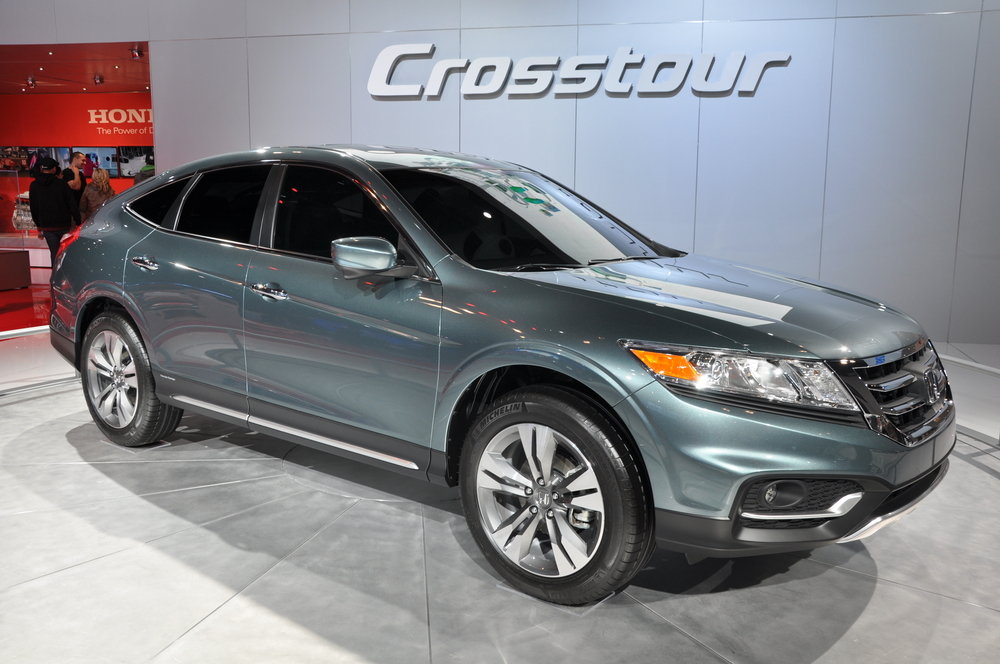
Attempting to combine sedan comfort with SUV versatility, the Honda Crosstour confused buyers with its unconventional shape. The vehicle’s hatchback design was divisive, and many found the cargo space lacking for a crossover. Though Honda’s reputation for reliability was present, the Crosstour’s higher-than-average price point and subpar fuel economy kept it from gaining widespread popularity.
Subaru Tribeca (2010-2014)

The Subaru Tribeca never found its footing in a competitive midsize crossover segment. Its unique styling, particularly the controversial front grille, alienated many buyers right from the start. With a cramped third row and subpar fuel economy, it couldn’t match the practicality of its rivals. Even Subaru’s famous all-wheel-drive system couldn’t save the Tribeca, and it was phased out in 2014 to make room for more market-friendly models like the Ascent.
Mitsubishi Outlander Sport (2010-present)
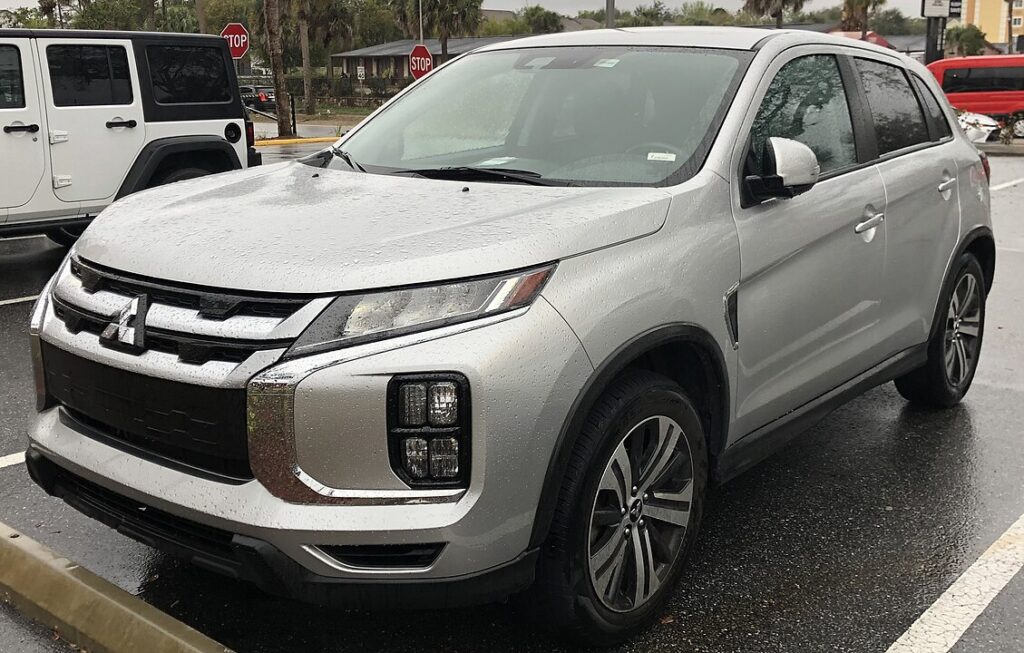
Despite being affordable, the Mitsubishi Outlander Sport struggled to stand out against its competitors in the crowded crossover market. It was often criticized for its underpowered engine and outdated interior features, leaving potential buyers unimpressed. While it remained a cost-effective option, it lacked the modern technology and refinement found in rivals such as the Honda CR-V and Toyota RAV4. As a result, it has consistently lagged in sales despite Mitsubishi keeping it in production.
Volkswagen Routan (2010-2013)
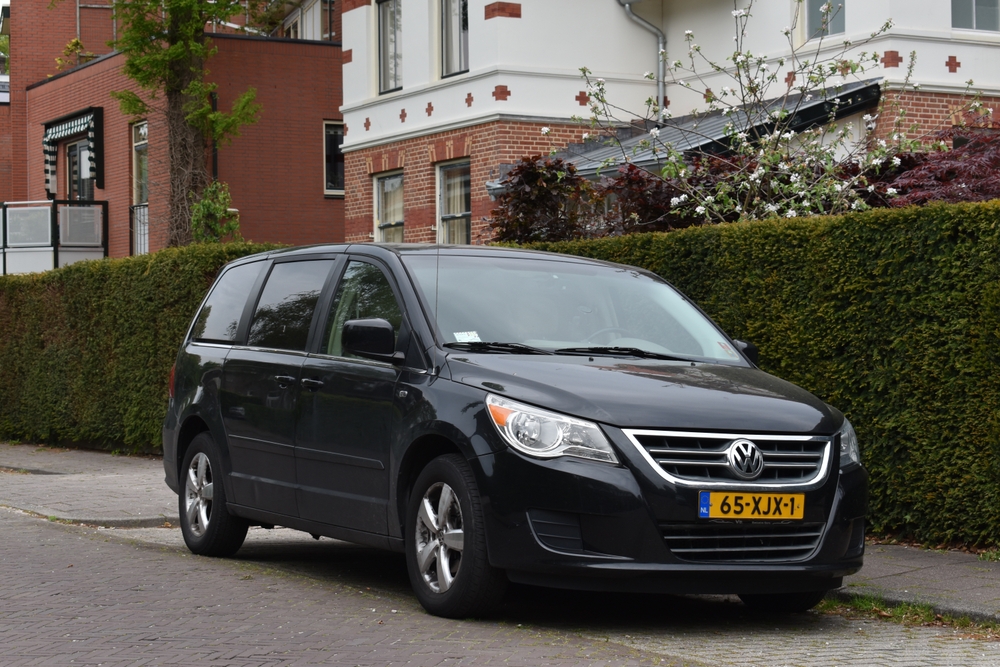
Volkswagen’s Routan was a rebadged Chrysler Town & Country, and it didn’t take long for consumers to catch on. Lacking Volkswagen’s signature German engineering, it offered little to differentiate itself from Chrysler’s offering, apart from a slightly higher price. Its lack of distinct features and limited marketing made it a forgettable choice among minivans and crossovers alike. Production ceased in 2013 after a brief and lackluster run in the U.S. market.
BMW X1 (2011-2015 First Generation)
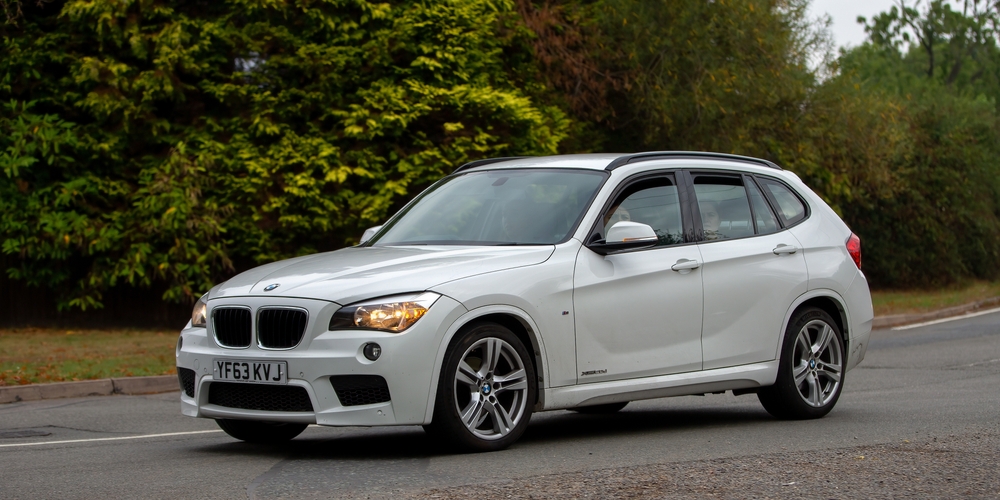
The first-generation BMW X1 had a tough time winning over U.S. buyers. Many found it too small and cramped for its price, especially when compared to larger crossovers. Its interior also felt less luxurious than other models in the BMW lineup, leaving some customers disappointed. Though it had BMW’s hallmark handling and build quality, the X1’s lack of space and premium features made it a tough sell in the early 2010s. Sales improved with later generations, but the first-gen model is largely forgotten.
Toyota Venza (2009-2015)
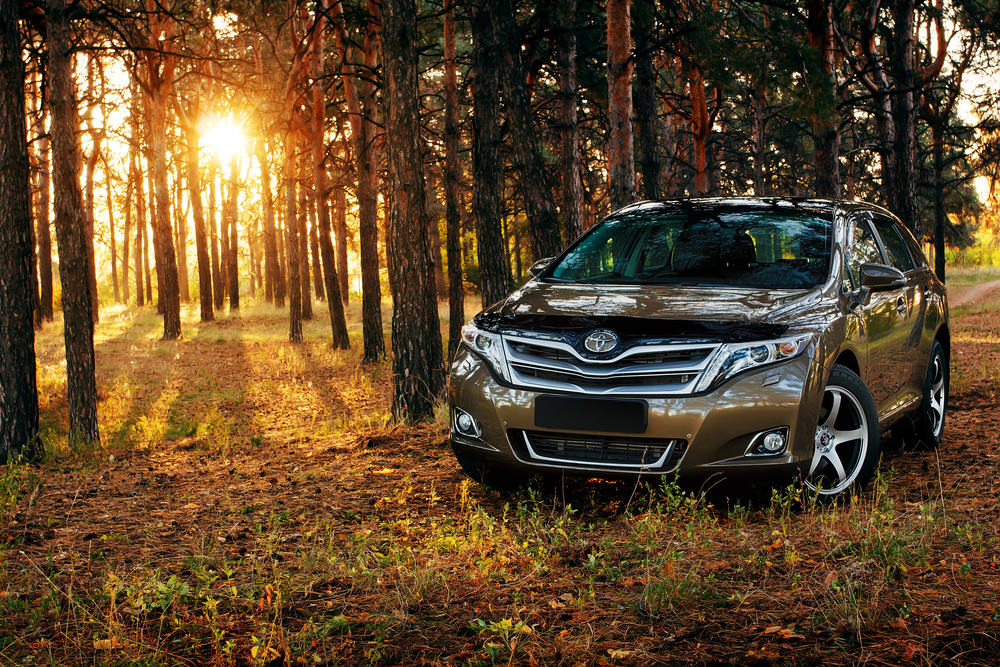
Toyota positioned the Venza as a mix between a station wagon and a crossover, but it failed to captivate either market. Its car-like handling didn’t appeal to SUV fans, while its size and fuel economy were unappealing to those looking for a more practical family vehicle. Despite Toyota’s solid reputation, the Venza’s confused identity led to sluggish sales. It was discontinued in 2015, only to be revived years later with a more modern design and clearer purpose.
Buick Encore (2013-present)
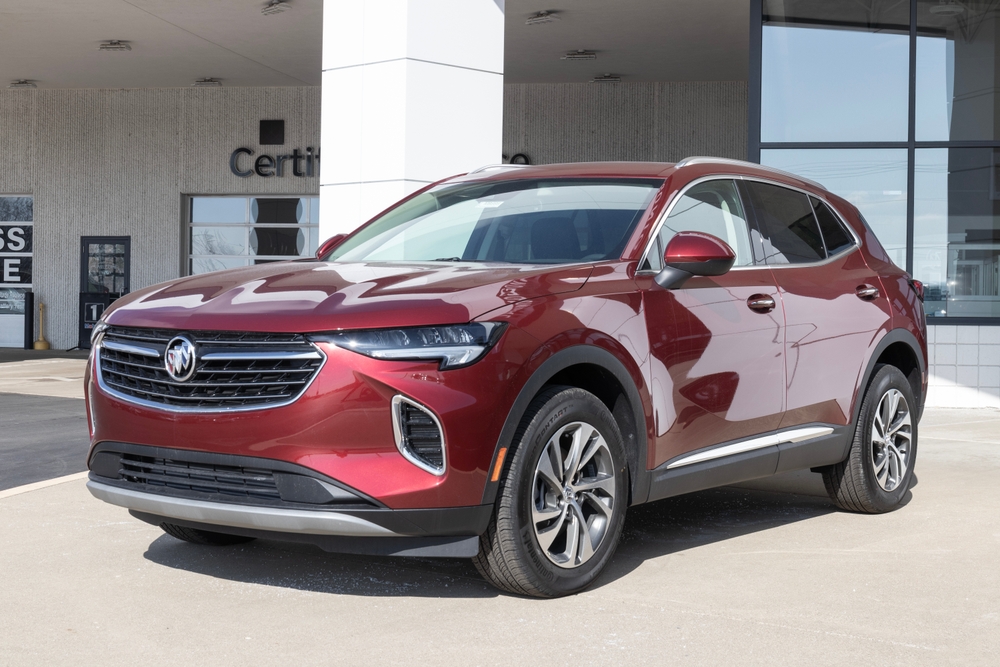
The Buick Encore initially struggled to capture the attention of crossover buyers, especially younger demographics. Its small size and underwhelming engine left it behind competitors like the Honda HR-V and Mazda CX-3. Despite Buick’s efforts to market it as a premium subcompact SUV, many buyers were put off by its high price tag relative to its performance. While it has seen better days in recent years, the Encore’s early years were marked by slow sales and tepid reviews.
Fiat 500X (2014-present)
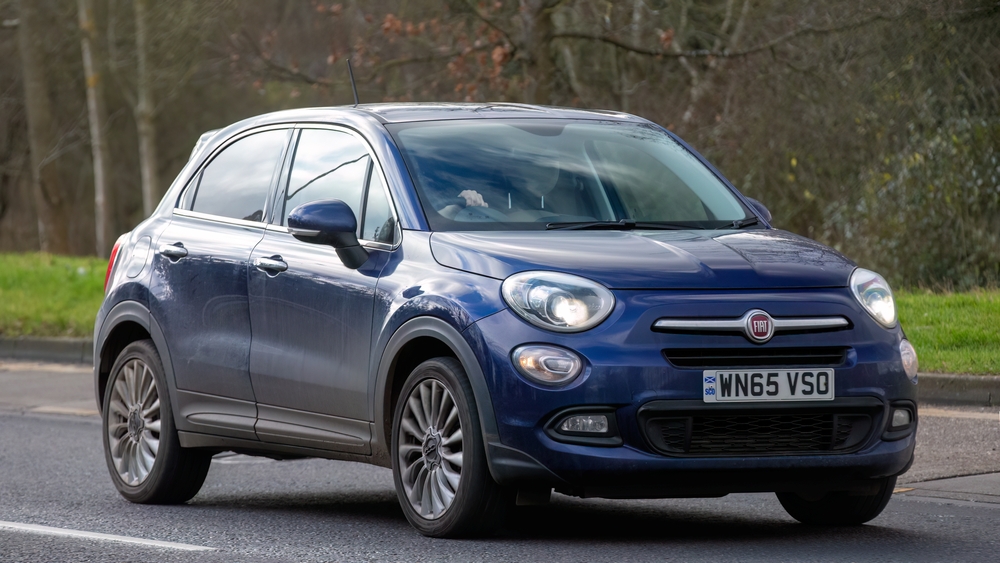
Fiat’s stylish 500X was designed to bring some Italian flair to the subcompact crossover market, but it never achieved widespread popularity. Buyers were turned off by its high price, small interior, and unreliable performance ratings. Fiat’s limited dealer network in the U.S. also hurt its chances of success, as service and parts were harder to come by compared to more established brands. Though it remains in production, the 500X remains a niche offering in the crossover world.
Mazda CX-7 (2010-2012)
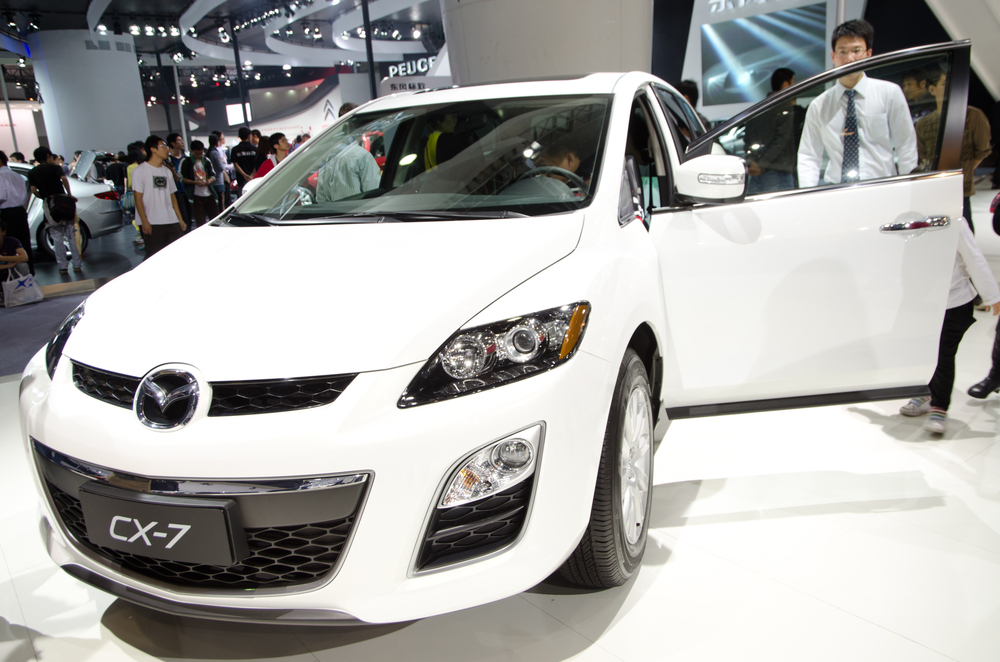
The Mazda CX-7 failed to carve out a clear niche between the smaller CX-5 and the larger CX-9. Buyers found the model confusing, as it wasn’t particularly spacious, fuel-efficient, or powerful compared to its peers. Despite its sporty design, the CX-7’s poor fuel economy and dated interior made it less appealing to the growing crossover market. Mazda decided to end production in 2012, choosing to focus on refining its more popular models instead.
Dodge Journey (2009-2020)
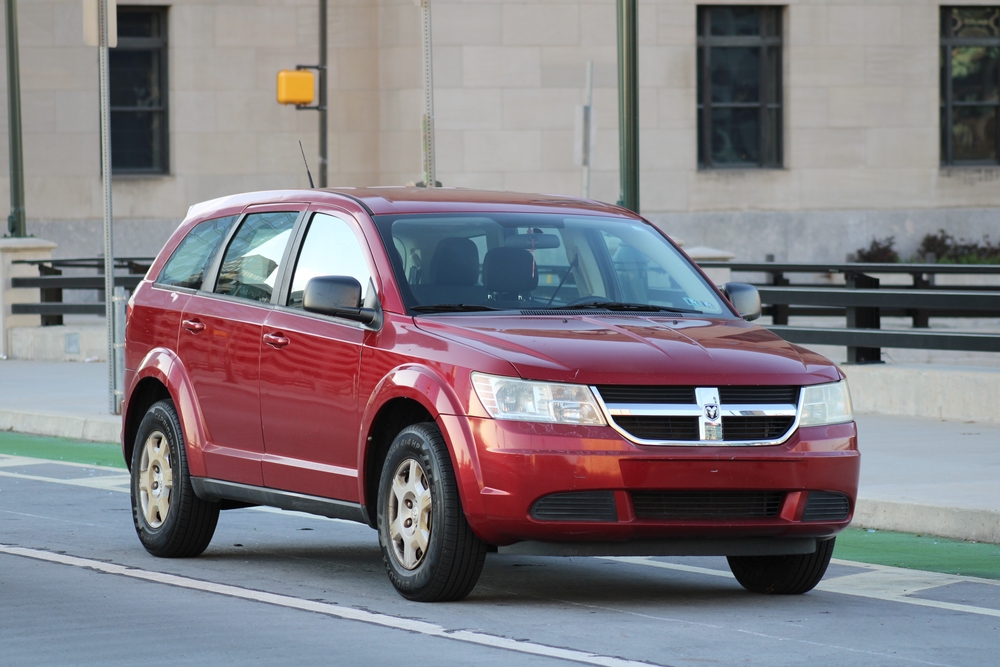
Though it stayed in production for over a decade, the Dodge Journey never gained significant popularity during the 2010s. Its outdated design, low-quality interior materials, and underwhelming engine options kept it from competing with more modern crossovers. Dodge made minimal updates to the Journey over its lifespan, making it feel increasingly out of touch with consumer expectations.
Lincoln MKT (2010-2019)
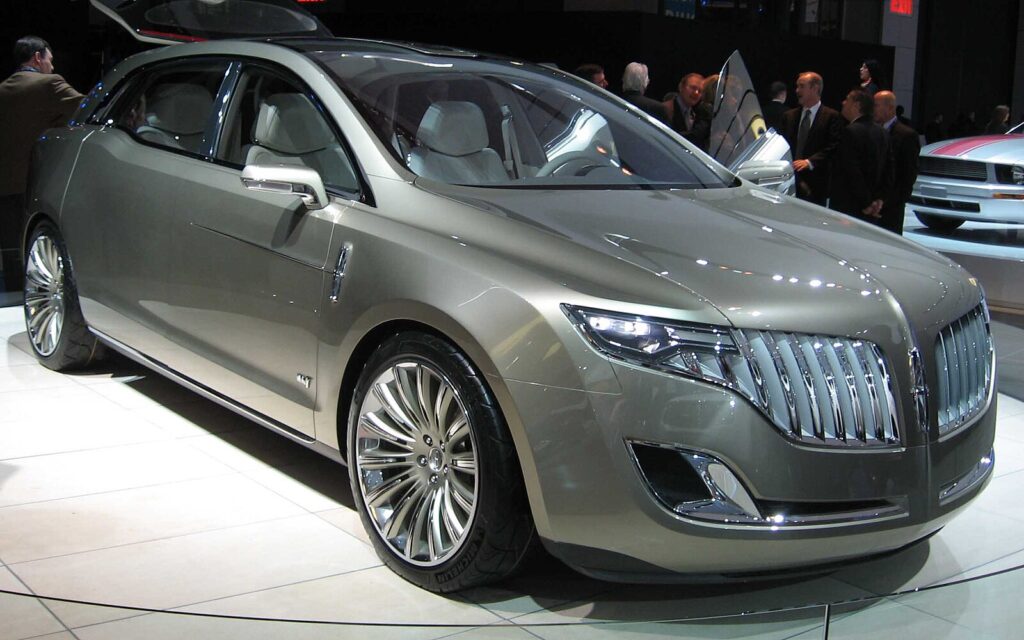
The Lincoln MKT’s unconventional, boxy design didn’t win over many luxury crossover buyers. Its stretched proportions, combined with a polarizing grille, made it look more like a hearse than a stylish family vehicle. Despite a well-equipped interior, its poor fuel economy and high price made it hard to justify over more visually appealing alternatives. Lincoln eventually discontinued the MKT, replacing it with the more modern and successful Aviator.
Jeep Compass (2010-2016 First Generation)
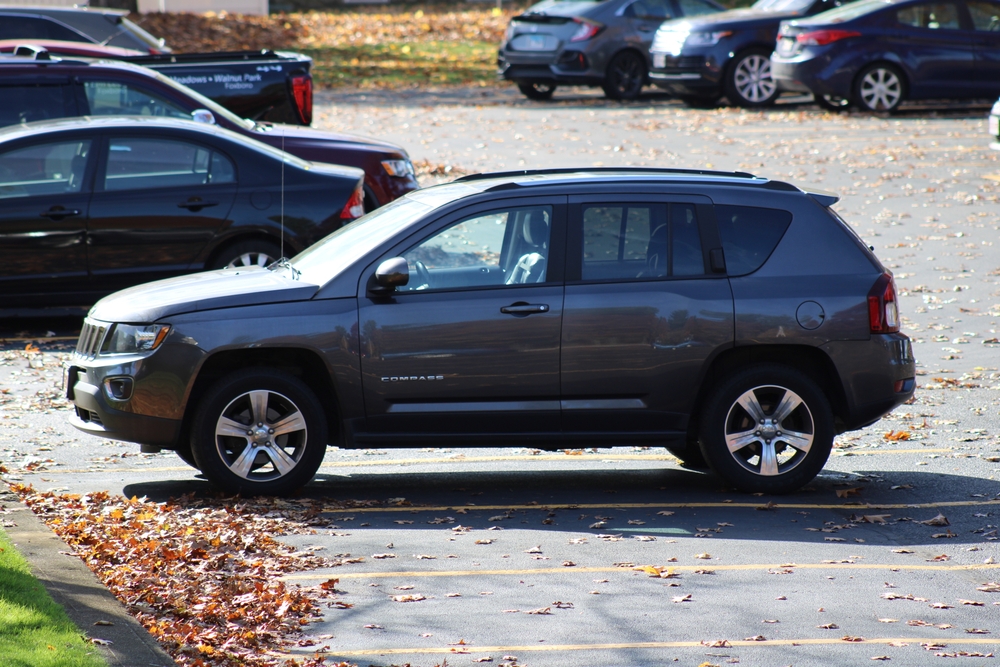
The original Jeep Compass was a far cry from the brand’s rugged off-road reputation. Its subpar build quality, underpowered engine, and uninspired interior left many consumers disappointed. Though it had the Jeep name, the Compass couldn’t deliver on the performance and reliability expected from the brand. Jeep eventually overhauled the Compass, but the first generation remains a low point in Jeep’s otherwise solid lineup.
Hyundai Veracruz (2007-2012)
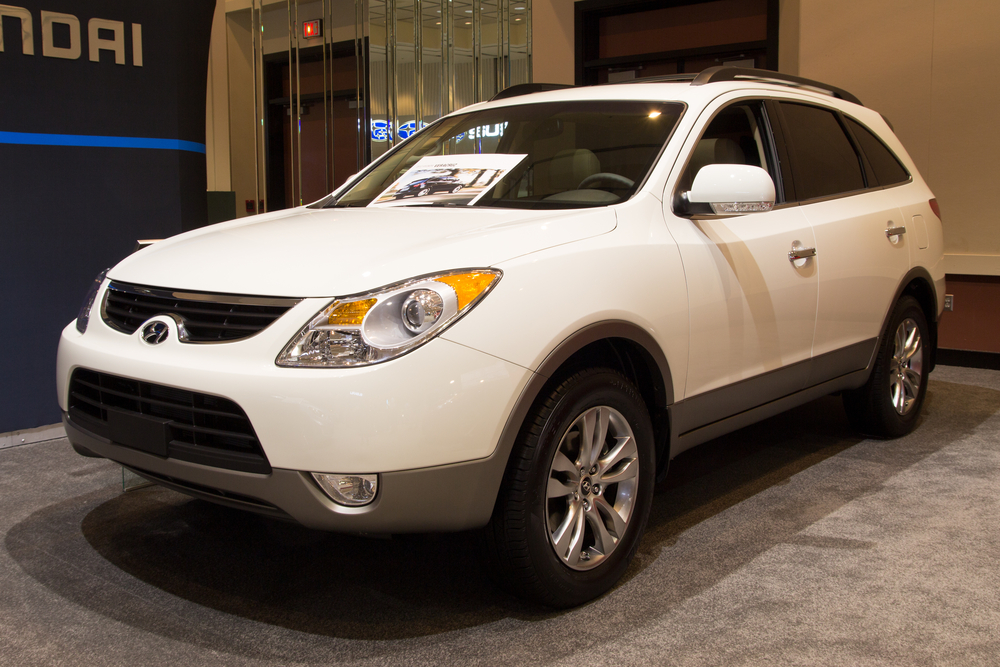
Despite Hyundai’s growing reputation for quality, the Veracruz never caught on in the midsize crossover market. Its bland design and higher price made it hard to justify when more affordable, better-known options like the Toyota Highlander were available. While the Veracruz offered a spacious interior and a smooth ride, it lacked the brand identity and competitive edge needed to succeed. Hyundai quietly discontinued the model, focusing instead on more popular options like the Santa Fe.
Kia Borrego (2009-2010)

The Kia Borrego launched during the financial crisis, which significantly hurt its sales. As a large, body-on-frame SUV, it was released at a time when consumers were turning toward more fuel-efficient vehicles. The Borrego’s outdated design and high fuel consumption made it an impractical choice for buyers during a time of economic uncertainty. Kia quickly discontinued the model, pivoting to crossovers and smaller SUVs better suited to the market’s needs.
Ford Flex (2009-2019)
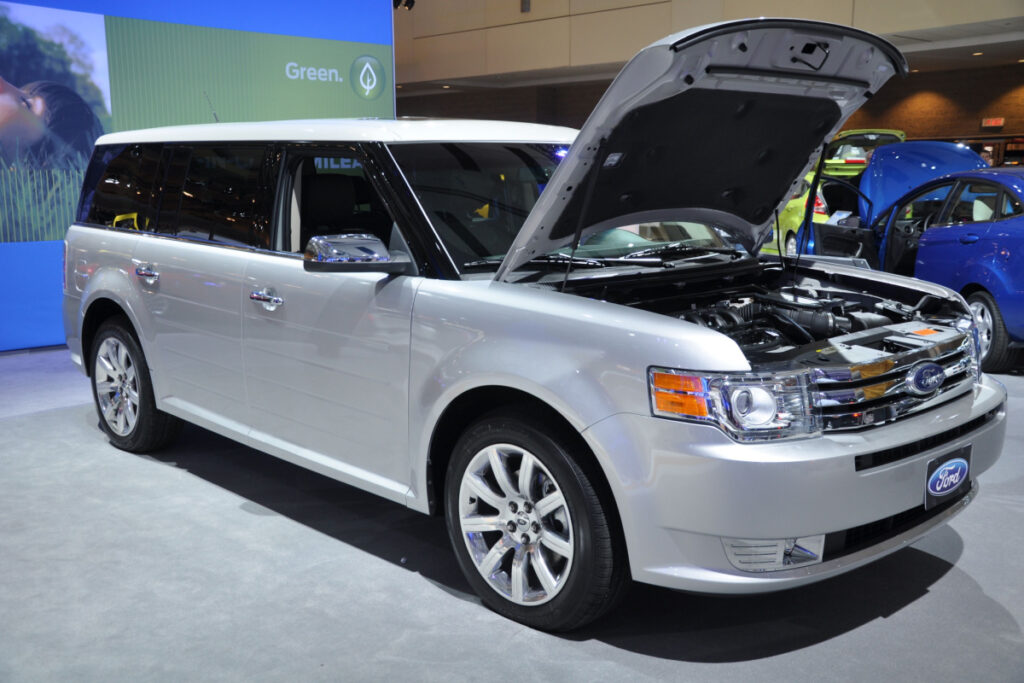
The Ford Flex’s boxy, wagon-like shape made it a divisive vehicle from the start. It offered a spacious interior and smooth ride, but its awkward proportions and lack of clear identity between an SUV and a minivan alienated buyers. Despite its distinctive design, the Flex never became a strong seller and was overshadowed by more traditional SUVs in Ford’s lineup. It was eventually discontinued, leaving behind a small but dedicated fan base.
Suzuki Kizashi (2010-2013)
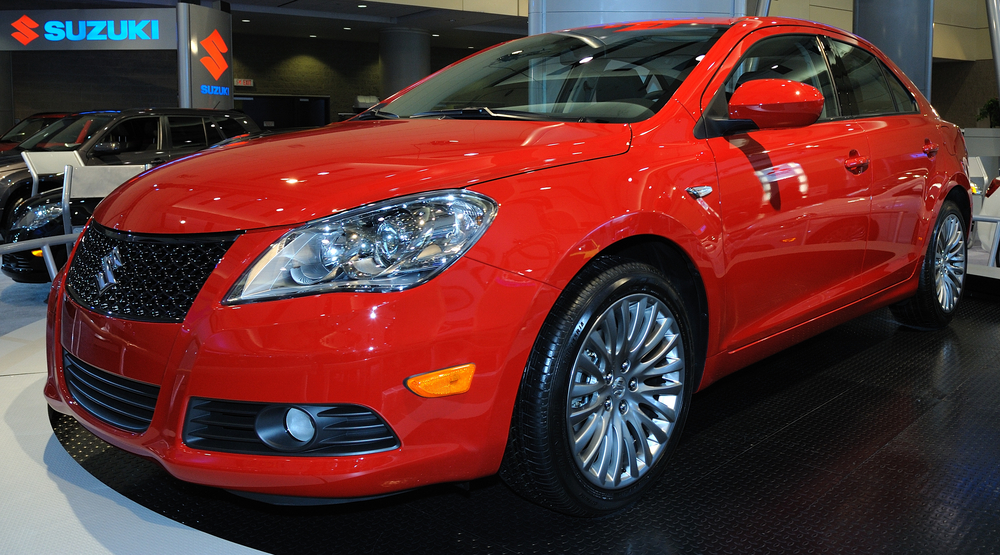
Although technically a sedan, the Suzuki Kizashi was marketed as having the versatility of a crossover, but it never gained traction. Suzuki’s limited brand recognition in the U.S. and the Kizashi’s relatively high price compared to its competitors hurt its chances. Despite solid performance and all-wheel drive options, the Kizashi failed to stand out in the crowded market. Suzuki’s exit from the U.S. market sealed the fate of the Kizashi, making it one of the brand’s last efforts in the region.
This article originally appeared in MyCarMakesNoise.
More from MyCarMakesNoise
15 Ultra-Rare Nissan Cars You’ve Probably Never Seen
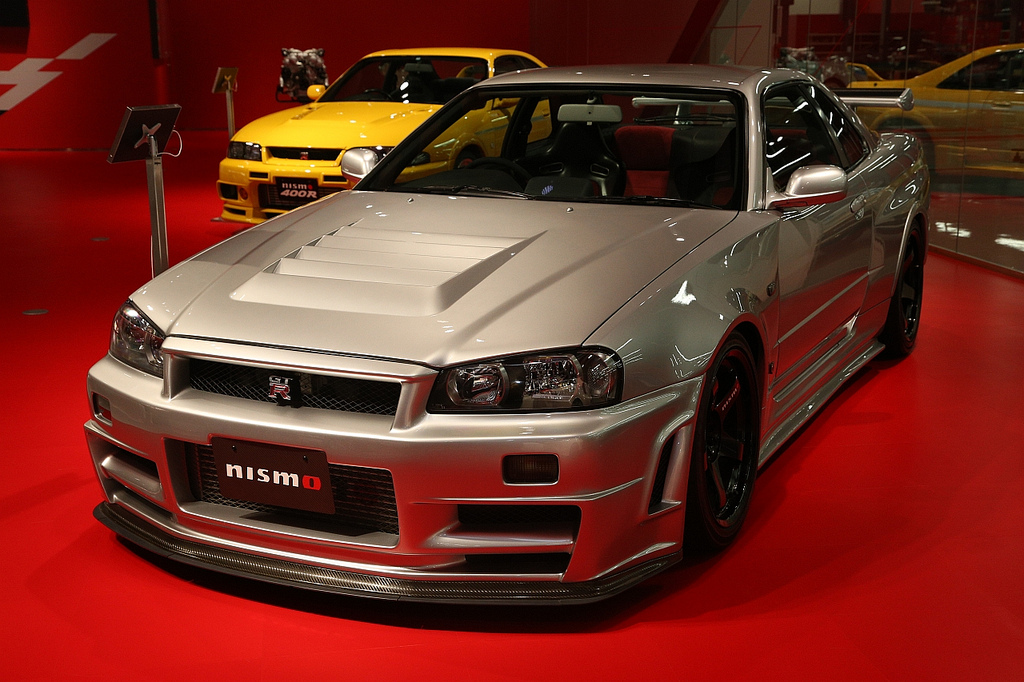
Nissan has produced some truly remarkable cars over the years, but some models are so rare that even die-hard fans might not know about them. In this article, we’ll take a closer look at the 15 rarest Nissan cars ever produced. Read More.
25 Stunning Cars That Were Gone Too Soon
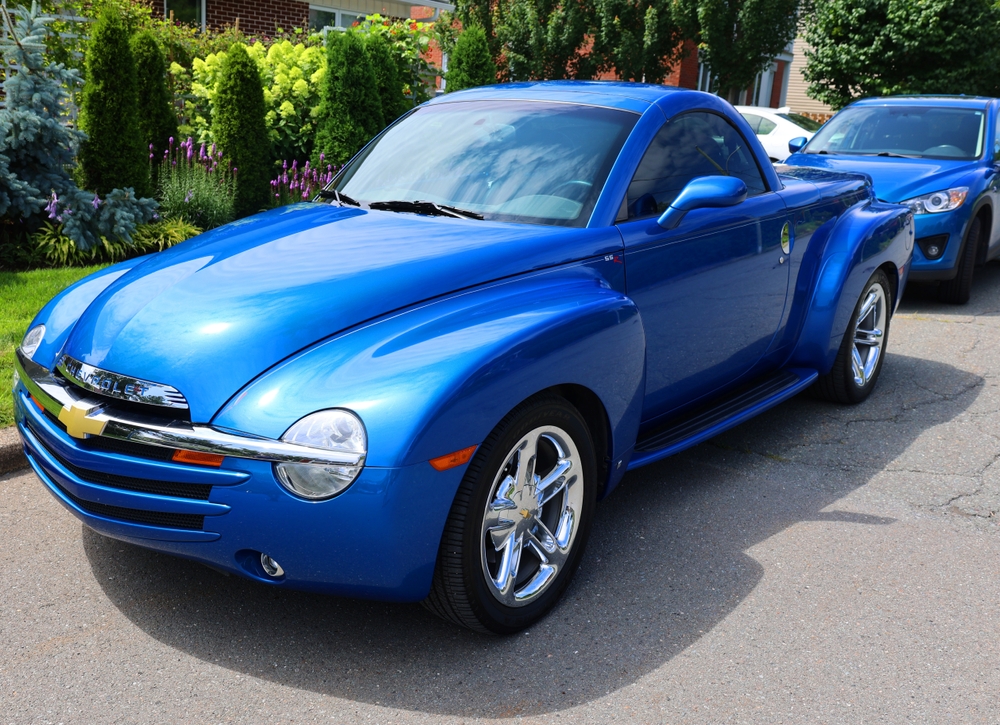
In the ever-changing world of automotive design, some stunning cars were discontinued before their time. These vehicles left a lasting impression on enthusiasts and casual drivers alike. Read More.
19 Hidden Car Features You Didn’t Know You Had

Cars today are packed with more features than ever, but some of the most useful ones often go unnoticed. From small conveniences to hidden safety tools, there are plenty of surprises in your vehicle that you might not be aware of. Read More.





